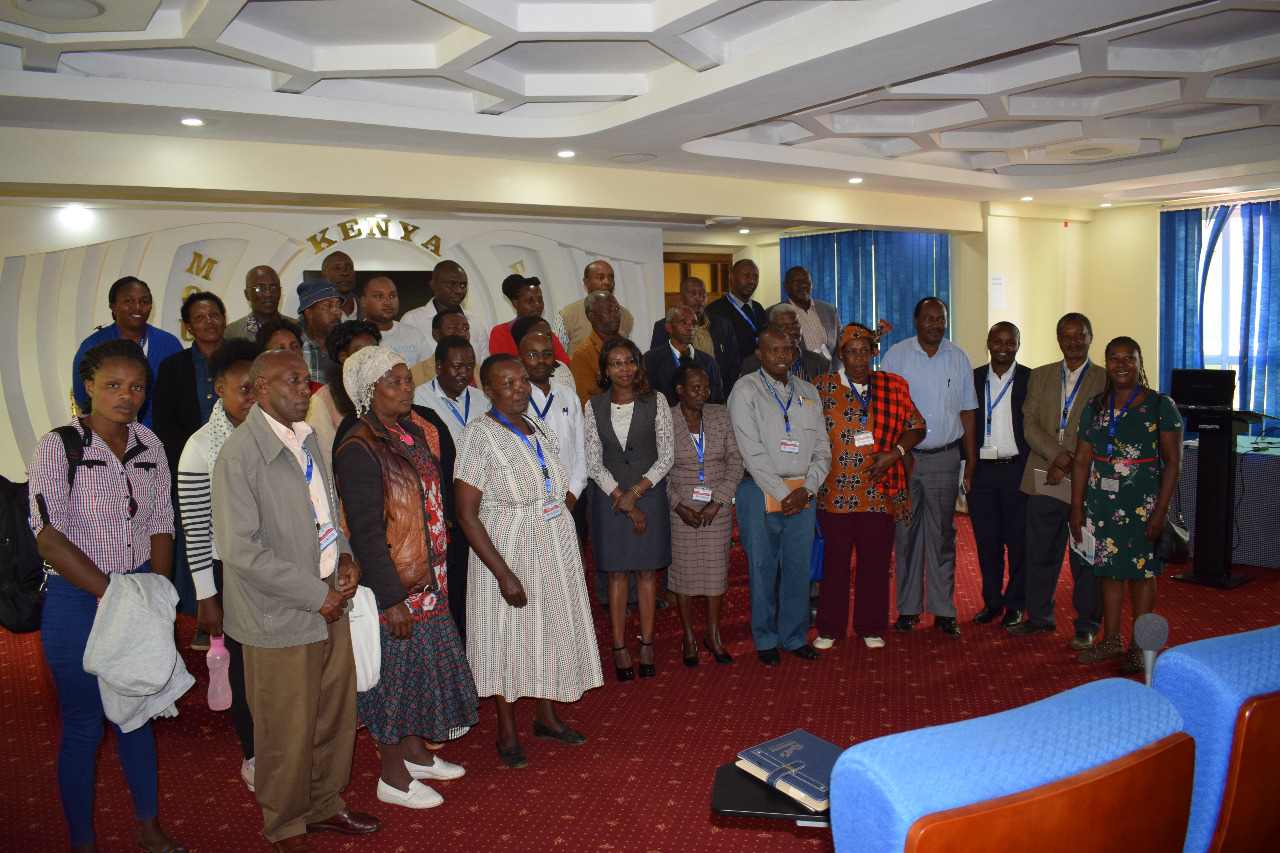Developing and trialing innovative financing mechanisms
In order to develop innovate financing tools for the proposed protected sites, it was important to thoroughly understand the profiles of the islands’ clientele , and to develop mechanisms that would not be seen as extorting more money from clients who were already paying hefty sums for their holidays on these private islands.
Extensive discussions about various funding options needed to be held at different management levels. e.g. the islands owners, the hotel managers, and marketing personnel in order to gauge an understanding of what products could be developed for the clients of these resorts. The resorts offer different holiday packages – from a five-star all-inclusive holiday package to a four-star sustainable island concept.
Therefore, options were trialed for adoption or adaption, or for dismissal. One such example was the tree planting activity allowing guests to commemorate important life events, thereby becoming involved in the protection of the environment.
The idea proved to be a popular and in-demand finance option on Denis Island, and it was assumed to also work well on North Island. However the scheme did not get approval, because North Island offers all-inclusive holiday packages, and so tree planting could not be charged.
The adoption of the financing solutions requires their approval by the owners as well the clientele’s willingness to pay for it. Is it important therefore that all management levels are consulted and on par with the mechanisms proposed.
Further, mechanisms need to be innovative and appealing and not portrayed as yet another product put on sale. In order to get to the stage of adoption of a funding scheme, trialing needs to take into account its practically, and its fit with the product offered by the respective resorts.
The discussions and approval of innovative financing mechanisms takes a long time to materialize, as these business decisions need to be thoroughly evaluated, and need approval from top management or island owners.
In small islands contexts, limited expertise available locally can restrict possible funding schemes to be developed. It may be important to obtain ideas on a regional scale, or at sites that have similarities to North and Denis Islands. In the case of North Island, its context resembles that of Chumbe Island off Zanzibar, so it was necessary to learn what has worked there.
